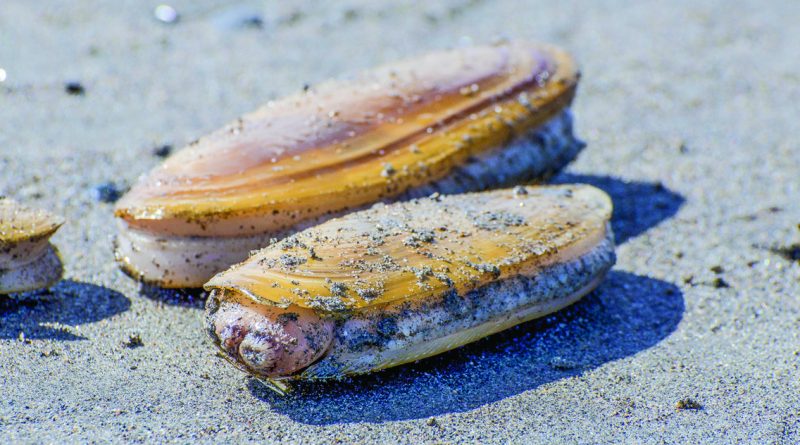California Department of Fish and Wildlife Opens Del Norte Clam Fishery
The California Department of Fish and Wildlife re-opened the recreational razor clam fishery in Del Norte County after a five-year closure.
DEL NORTE一 After a five-year closure due to a public health hazard from domoic acid, the recreational razor clam fishery in Del Norte County has reopened.
The CDFW announced the reopening of the fishery and the continued closure of one in Humboldt County in an April 30 press release.
The reopening came after a recommendation from state health agencies that said the clams in the area no longer posed a significant threat for domoic acid exposure.
The fishery was closed in 2016 after the California Fish and Game Commission voted to close recreational fishing on the beaches in an emergency rulemaking decision based on a recommendation from the Office of Environmental Health Hazard Assessment and the California Department of Public Health.
The hazard advisory has been in effect since 2015 because of elevated domoic acid levels. Domoic acid is a potent neurotoxin that can accumulate in shellfish and other marine animals.
Low level exposure in humans can cause nausea, diarrhea, and dizziness, at higher levels it can cause short-term memory loss, seizures, and can even be fatal.
The elevated domoic acid levels were a result of a massive Pseudo-nitzschia bloom in the Pacific Ocean in 2015 that stretched from Central California to Alaska. Pseudo-nitzschia is a single-celled marine alga that produces the domoic acid.
There are annual blooms of the alga in hot spots along the coast of the United States, this particular bloom was spotted in late May 2015 in Washington before scientists realized it had spread up to Alaska and down to California.
The bloom was considered the largest and longest bloom in the past 15 years, according to a May 2, 2016, article from the National Oceanic and Atmospheric Administration. Levels in Monterey Bay were 10 to 30 times more than the normal levels.
The fisheries have been under assessment from state health agencies and reports from Crescent City in March and April showed lower concentrations of domoic acid, according to the April 30 press release from CDFW.
The CDFW, CDPH, and Office of Environmental Health Hazard Assessment will continue to monitor the fisheries for the acid.
The CDFW has a daily bag limit of 20 and the first 20 clams dug have to be retained regardless of size or condition. For more information see the CDFW website at https://bit.ly/3epOPOt.


